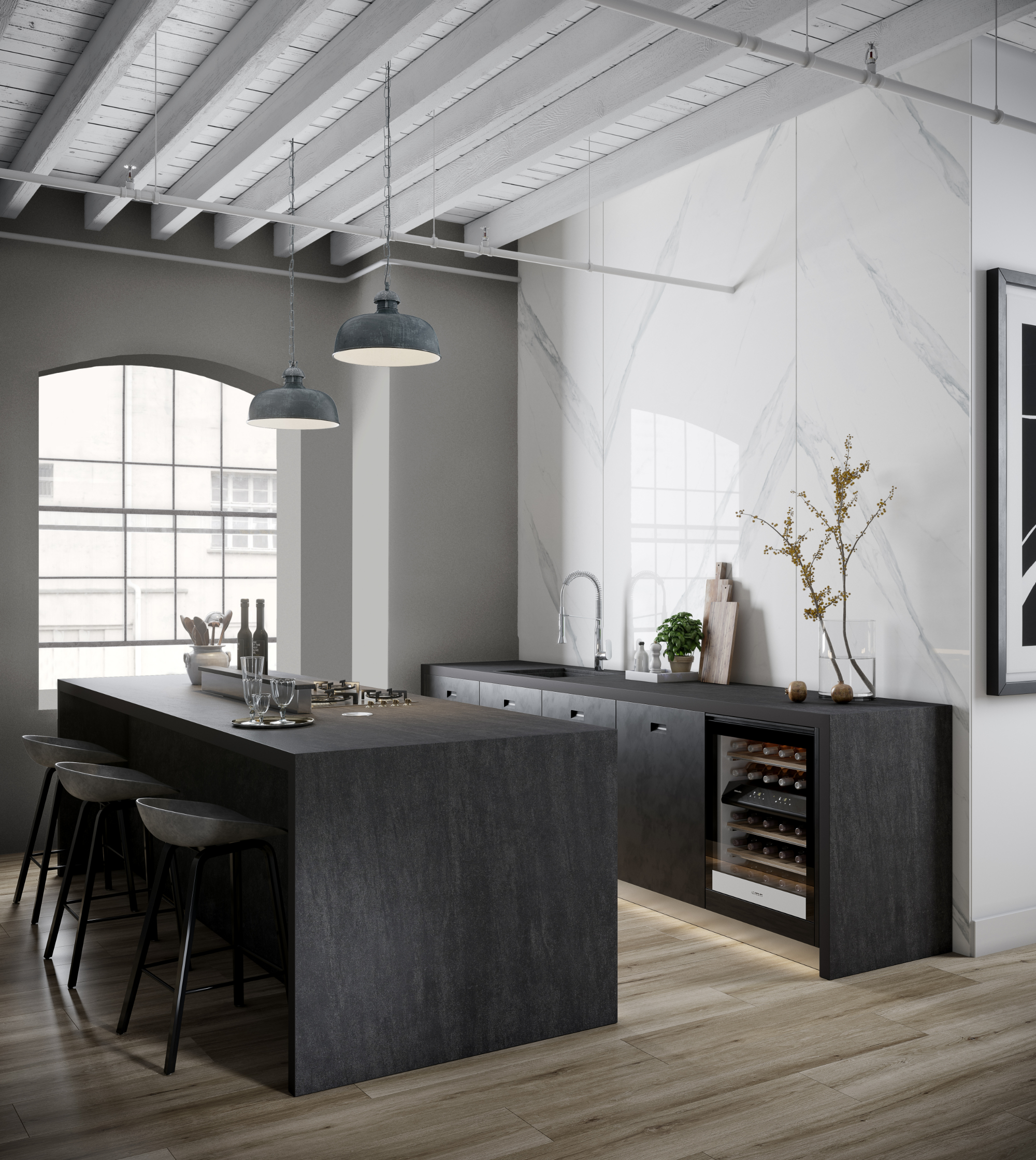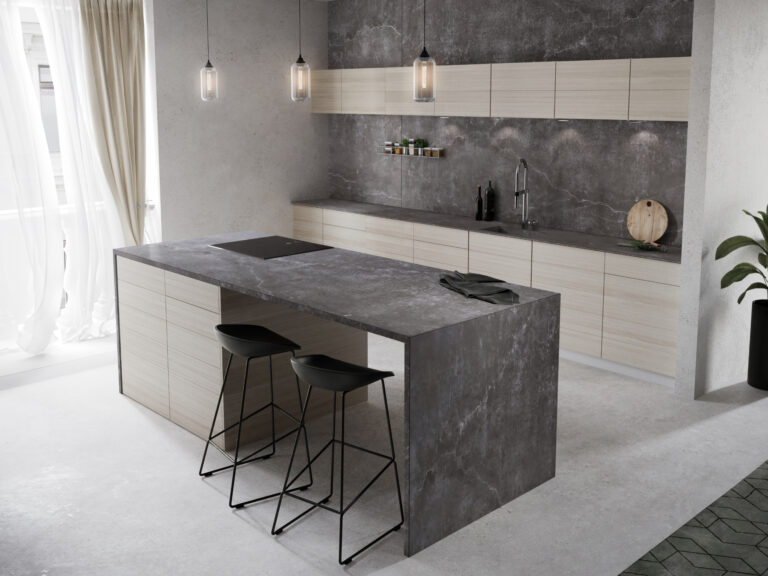Sintered stone countertops buying guide: All you need to know
If you’re looking for a new kitchen countertop, you may have come across the term sintered stone. But what is sintered stone? Why choose sintered stone? And is sintered stone any good?
We’ve pulled together this helpful buying guide to tell you everything you need to know about sintered stone countertops.
What is sintered stone?
Sintered stone is an engineered (or man-made) stone material. Unlike natural stone, which is dug up out of the ground in one piece, it’s manufactured using natural stone minerals.
Sintered stone is used for several indoor and outdoor applications, such as flooring, tiling, wall cladding, building facades… as well as countertops. The fact that sintered stone can be walked on and survive outside gives a good indication of just how hardwearing the surface is.
What is sintered stone made of?
Sintered stone countertops are made entirely from natural minerals. Different manufacturers and brands have different mineral mixes. But generally, the materials used tend to be porcelain, glass, quartz, and other crushed stones.
The only other material you’ll find in sintered stone is colour pigment. The way they are made (see the next section) means there’s no need for any resin to hold the minerals together.
How is sintered stone made?
Sintered stone is made through a manufacturing process called sintering. This process mimics how natural stones, like marble, form deep in the earth’s crust.
The natural minerals are mixed and treated with extreme heat and pressure, so they melt and stick together without the need for a bonding agent. The resulting product is a very dense, solid surface that’s non-porous and hardwearing.
Sintered stone pros and cons
If you’re considering installing sintered stone countertops, you’re probably wondering, is sintered stone good?
So, let’s look at the pros and con
Sintered stone countertop pros:
Sintered stone countertop cons:
Sintered stone brands
Sintered stone countertops are made by several manufacturers who all have their own brands.
The first sintered stone surfaces were made by a Spanish, family-owned company called Cosentino. They are one of the biggest worktop manufacturers in the world. Their sintered stone countertops brand is called Dekton®, and it’s one of the most popular, best-selling sintered stone brands available on the market.
Lesser-known sintered stone countertop brands are also available, such as Neolith®. And although they aren’t as well known, their sintered stone countertops benefit from the same desirable features as the biggest brand.
Colours, styles and textures of sintered stone worktops
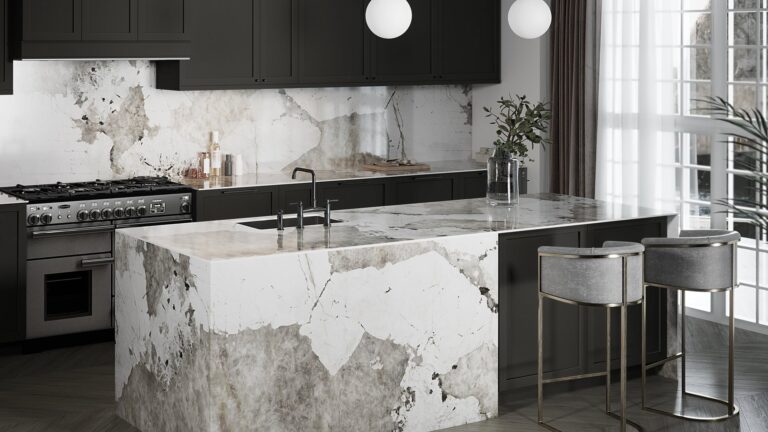
The great thing about engineered stone countertops is that they can be made to look like other materials. So, if you want a worktop that looks like natural stone, you’ll be able to find a countertop that looks like marble or granite.
Or, if you want a wooden worktop without the maintenance that comes with it, you’ll be able to find a sintered stone worktop that looks like wood. There are also solid colours, metallic colours and worktops that look like quartz and concrete.
And when it comes to textures, there’s a great range of choices too. For example, Dekton® comes in polished, smooth matte, textured matt and velvet finishes. And Neolith® comes in a beautiful silk finish, as well as a satin, polished or river-washed finish.
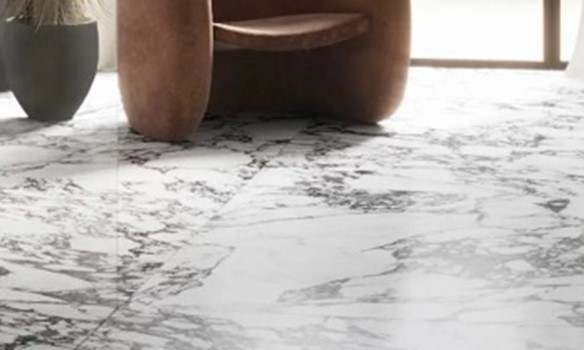
Is sintered stone expensive?
Sintered stone is certainly not a cheap countertop material. But it’s not the most expensive either. Generally, the cost of sintered stone sits between laminate and wood (the cheapest) and natural stones, such as granite and marble (the most expensive). But that’s not a hard and fast rule because the cost will depend on who you buy from.
Prices can vary significantly between suppliers, so it pays to shop around. You’ll probably pay significantly more to a supplier with showrooms and sales teams, for example, than to a supplier who sells online and doesn’t have the same overheads.
How are sintered stone countertops installed?
Sintered stone countertops are a bespoke buy, which means they’re made to order to fit your kitchen perfectly. Unfortunately, they’re not available to buy off the shelf and aren’t suitable for a DIY installation. This is because they must be cut with specialist machines.
When you order a sintered stone countertop, the supplier will first send their installers to your home to measure up and make a worktop template. They’ll then take the template away and make your countertop in their own workshops. Finally, when the countertops are ready, they’ll come back to your home and fit them.
The length of time this all takes depends on the supplier. Some suppliers take 6-8 weeks to go through this process. But at SEH Interiors, we can visit you within a week of placing your order to make the template and fit the worktop 1-2 weeks later.
Where to buy sintered stone countertops
Many suppliers and companies sell sintered stone countertops. You’ll be able to purchase them through kitchen companies that sell the complete kitchen package. And there are also specialist worktop showrooms plus many companies that sell sintered stone countertops online.
It’s worth weighing up the pros and cons for the different types of companies. For example, if you’re buying a complete kitchen from a supplier with showrooms, it’s slightly less hassle because they’ll take care of everything for you. But then you’re likely to pay over the odds for the worktop because they need to cover their overheads.
But if you buy from a company that sells online, you’re likely to pay a lot less because they don’t have showrooms and sales teams to pay for. It does mean you’ll have to organise the installation yourself, but the process is usually straightforward.
Things to consider before buying a sintered stone countertop
If you’ve decided to take the plunge and buy sintered stone countertops, here are some things to think about to ensure you don’t miss out on any great design ideas:
Do you want upstands or splashbacks?
Upstands are 100mm high strips of worktop that run along the back of your cabinets. They soften the edges of your worktop and give the whole kitchen a beautiful finish.
Splashbacks are large sheets of sintered stone that are attached to your walls. They’re great to have in splash areas, such as behind the hob and sink, to prevent your walls from getting damaged from food and liquid stains.
You can have upstands and splashbacks that match your countertops, but you need to order them at the same time to ensure the supplier can match the colour exactly.
Do you want an undermount sink or flush-mounted hob?
An undermount sink is a sink that sits under the countertop, instead of lapping over its edge. They look much tidier than standard sinks and give your whole sink area a sleek look. Especially when they are combined with either a recessed drainer or drainer grooves, which are cut into the worktop surface.
A flush-mounted hob is a hob that drops into a shallow recess cut into the worktop, making the hob’s surface level with the worktop’s surface. This gives your kitchen a stunning designer look and makes the area easy to clean.
If you would like an undermount sink with a recessed drainer or drainer grooves, or a flush-mounted hob, they need to be considered when ordering your worktops. Also, the installer will need to see the sink and hob when they come to make the worktop template so they can make the appropriate cut-outs back in their workshop.
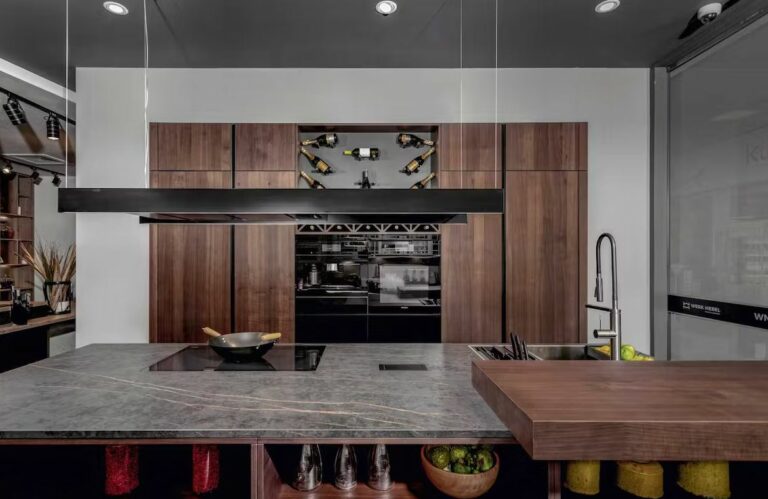
In summary
Sintered stone is one of the best engineered stone countertops available due to its durability, high performance and longevity. And with plenty of brands, colours and styles to choose from, it’s easy to find something that will suit your tastes. Of course, it’s not cheap, but when you consider its quality, stunning looks, and the fact that it will last for many years, we think it really is worth the investment.
SEH Interiors have over 10 years of experience supplying and fitting premium-quality sintered stone kitchen countertops at affordable prices across the UK. Browse our Dekton® and Neolith® sintered stone worktop ranges.

